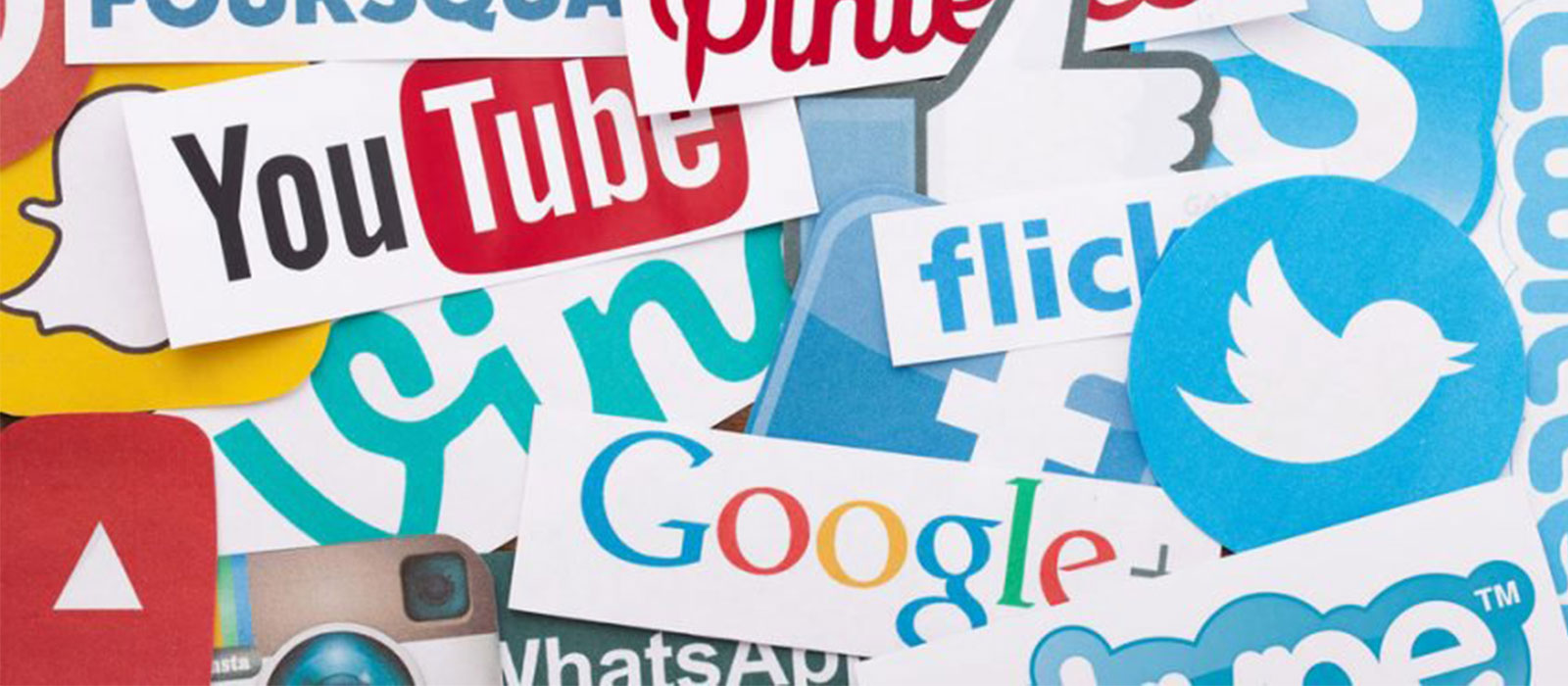Facebook Portal
Facebook is one of the most useful and powerful contact books, but long ago it opted against building a phone, and for good reasons. One being that the risk of it being a complete failure was quite high with the Windows Phone and the iOS/Android duopoly looking impenetrable.
Another being it would have put Facebook in direct competition with Google and Apple, which would have risked an ugly conflict between them and the two biggest platforms on which the company depends.
But, as every company wants to grow, so did Facebook. The company came back around to the idea of developing its own hardware, and in a way came back to the idea of a phone.
The start of this journey began with the acquisition of the Oculus, which turned Facebook into a manufacturer of virtual-reality gaming gear (VR). And now comes the Portal and Portal+, a video phone that runs on Facebook Messenger. Jake Kastrenakes from The Verge has a breakdown of the gadget:
“The Portal is designed to simplify video chatting by having a wide-angle camera capable of identifying your body, then tracking you as you move around the room. It makes for more comfortable chatting than holding a phone up to your face for extended periods of time.
Facebook says the Portal is designed to create the sense that you’re sharing one big room with the people you’re talking to, and considers the chats you have on the device an augmented reality experience.”
With the Portal, you don’t have to hold, aim, or direct anything. Once a chat starts up, the device’s camera will automatically find people in the room and keep them in frame. If multiple people are in a room, the camera will use a wide angle to fit them all in. If there’s only one person, the camera will zoom in to focus on their face. Facebook says this feature makes video chatting more natural, since you can just talk without worrying about camera angles.
The way the portal is meant to function is a kind of dynamic cropping that constantly adjusts the angle depending on how many people are in the frame and where they’re moving. The company says this is a step toward VR-style “presence,” which comes back to their purchase of the Oculus.
The main issue surrounding its release is that it follows the privacy scandal of this year. However, Facebook have assured us that you can completely disable the camera and microphone with a single tap, and that the Portal and Portal+ come with a camera cover, making it easy to block your camera’s lens, yet still receive incoming calls, notifications and use voice commands.
To manage your Portal’s access within your home, you can set a four- to 12-digit passcode to keep the screen locked, furthermore changing the passcode requires your Facebook password, adding an extra layer of security.
Facebook have also said they want to “be up front about what information Portal collects, help people understand how Facebook will use that information”, and explain the steps they take to keep it private and secure.
For example, Facebook doesn’t listen to, view, or keep the contents of your Portal video calls. Your Portal conversations stay between you and the people you’re calling. In addition, video calls on Portal are encrypted, so your calls are always secure.
For added security, Smart Camera and Smart Sound use AI technology that runs locally on Portal, not on Facebook servers. Portal’s camera doesn’t use facial recognition and doesn’t identify who you are.
Like other voice-enabled devices, Portal only sends voice commands to Facebook servers after you say, “Hey Portal.” You can delete your Portal’s voice history in your Facebook Activity Log at any time.
Even though all of the security measures mentioned above are an attempt to build the trust back with their customers and their privacy, the idea of allowing a Facebook product into our personal lives hasn’t sat well with other critics.
Another point reviewers are making is that the Portal and Portal+ are designed for one thing, and one thing only; video calls. Even though it can do this far better than your phone or tablet at the moment, paying upwards of $200 for this piece of hardware doesn’t seem to be mixing well with the public.
There are lots of single use items that do their job very well, a hammer for instance, but there are other gadgets that really just don’t need to exist, such as an avocado slicer. The question is whether the Portal is the former or the latter.
Aside from making video calls, it can play music through Spotify or Pandora, play videos through Facebook Watch, or cycle through photos in an album of your choosing. Amazon’s Alexa is also integrated into the hardware, so it can do Alexa things, but that is the extent of its capabilities.
The product is on pre-sale at the moment in the US and will be shipped out in November this year, however, following the controversy of Facebook and its privacy settings, we shall see how it does. This might be the start of a new generation for Facebook, diving into hardware, or it could cement that road firmly shut. Only time will tell.






